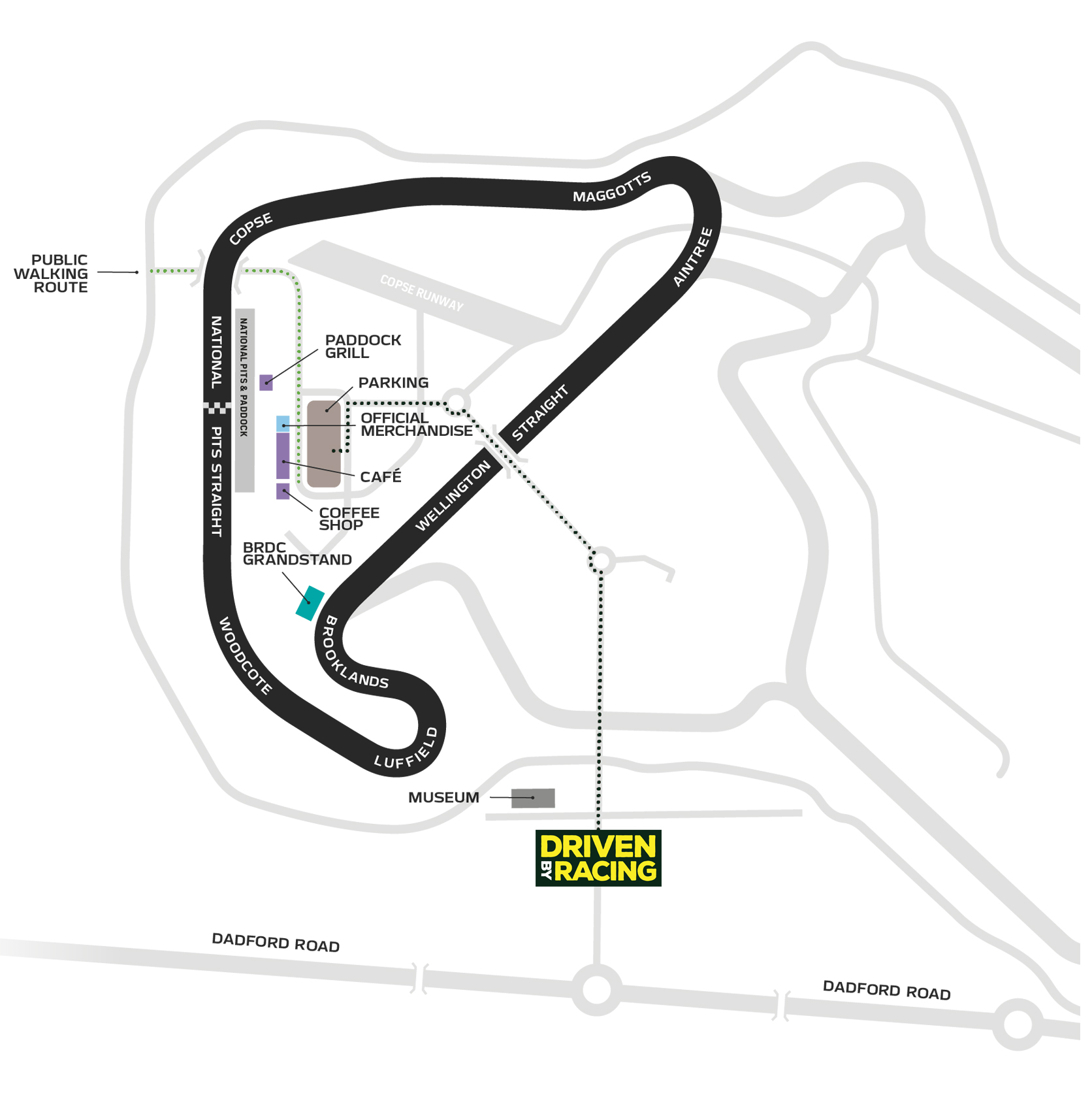Introduction to Scrutineering Summary
Introduction to Scrutineering – Driven By Racing 2024
AM SESSIONS:
Welcome & Introduction to Scrutineering Presentation:
- What is scrutineering?
- Why is it necessary?
- Pre event safety scrutineering – What is checked and why?
- What to look for.
- Safety equipment.
- Environmental scrutineering – What to look for and why?
- Scrutineering in assembly – What to look for and why?
- Scrutineering after the event – Parc Ferme – What to look for and why?
Duration 30-45mins
Live Scrutineering Session:
- Physical Checks on Cars & Safety Equipment / PPE
- Sound Testing Demonstration / Checks using a Road Car (to keep Noise Pollution and the need for Ear Protection to a Minimum)
- Limited Eligibility Demonstrations available for those not attending the PM Session
PM SESSIONS:
Discussion and Live Eligibility Demonstrations covering:
- Eligibility scrutineering – Parc Ferme and beyond
- Regulation interpretation
- Standard descriptors for components
- Engine and component measuring
- Suspension components
- Weighing Vehicles and components
- Tyres & Wheels
- Checks under vehicle – Exhaust, catalyst, suspension, ARB, drop links, Brakes
- Historic eligibility – FIA appendix K
- Homologation papers
- Standard parts
- Manufacturer parts
- ECU’s
To include Invitations & Opportunities for Licensed Scrutineer’s Eligibility Module Assessments / Experience:
SEGMENT 1.1 – SUSPENSIONS
1. Understanding the tyre requirements for the event.
2. Be capable of measuring the variations in suspension including, location, geometry, movement and strengthening.
3. Understand the variations in shock absorbers and test requirements.
4. Identify anti-roll bar variations and active/passive suspensions.
SEGMENT 1.2 – SIMPLE ENGINES
1. Check Bore & Stroke.
2. Check valve lift and valve lift ratio.
3. Check combustion chamber volume.
SEGMENT 1.3 -TRANSMISSIONS
1. Examine and verify gear ratios, methods of operation and materials.
2. Examine and verify differential ratios.
3. Examine and verify differential operations test methods and materials.
SEGMENT TWO – COMPLICATED ENGINES
1. Check compression ratio
2. Fully Check camshaft using an approved method
3. Understand material variations in engine construction.
4. Measure the ignition timing of a race engine.
5. Be able to measure all other components of a race engine
6. Understand any special factors relating to a particular formula.




